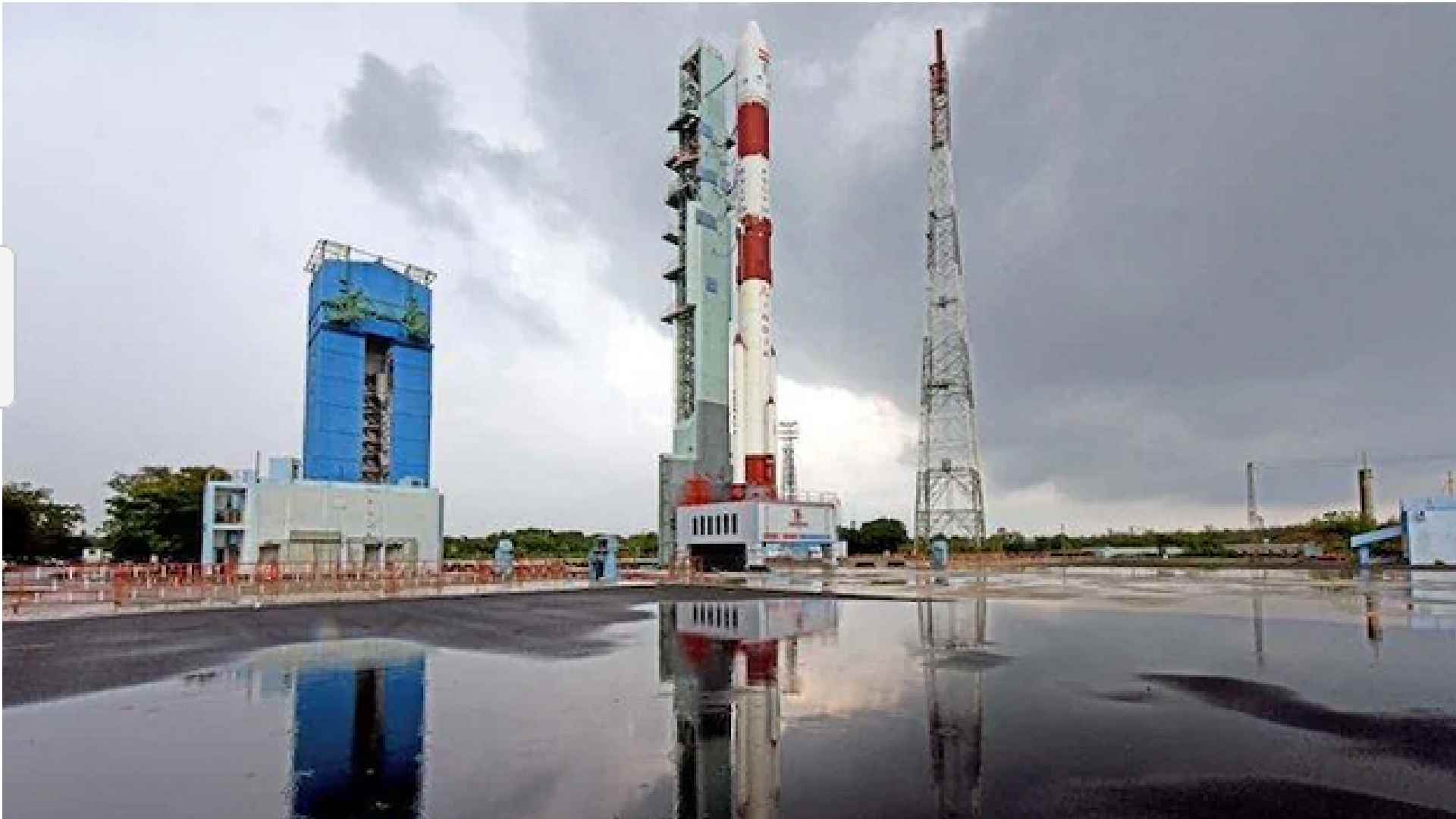ISRO’s Pioneering Mission in Norway
The successful launch of the Rohini RH-300 Mk-II sounding rocket from Svalbard, Norway, on November 20, 1997, marked a significant milestone in the collaboration between the Indian Space Research Organisation (ISRO) and Norway’s space agency. This mission not only established a new rocket launching range in Norway but also laid the foundation for future cooperation and knowledge exchange in the field of space exploration.
As recent discussions between Indian and Norwegian officials reignite the resolve to deepen space sector ties, it is fitting to recall the challenges and achievements of this groundbreaking mission that took place 26 years ago at Ny-Alesund, Svalbard.
The Early Years of Indian Space Exploration
The Indian space program traces its origins back to 1963 when the launch of a U.S.-made Nike-Apache sounding rocket from Thumba marked the beginning of India’s foray into space. These early endeavors focused on conducting upper atmospheric studies using sounding rockets, which paved the way for the country’s future advancements in space science and technology.
Buy Prime Test Series for all Banking, SSC, Insurance & other exams
The Development of Rohini RH-300 Mk-II
The RH-300 Mk-II sounding rocket, part of the Rohini family developed by ISRO’s Vikram Sarabhai Space Centre (VSSC) in Thiruvananthapuram, played a pivotal role in the Norway mission. Equipped with solid propellant technology, this rocket was specifically designed to withstand the extreme weather conditions prevalent in the Arctic region.
Overcoming Unique Challenges
ISRO faced several technical challenges while preparing for the launch in Norway. The Rohini rockets had previously operated in tropical hot and humid conditions, and the Arctic environment posed unfamiliar conditions for the team. Despite these obstacles, ISRO’s engineers successfully qualified the RH-300 Mk-II for arctic weather conditions, ensuring its suitability for the launch.
The Launch and Unexpected Outcome
Renamed Isbjorn-1 for the Norwegian mission, the RH-300 Mk-II took flight at 11:07 p.m. IST on November 20, 1997. However, the rocket did not reach its anticipated altitude, ascending only up to 71 km. The lower altitude was attributed to an unforeseen issue—the rocket inadvertently dragged along a velostat shroud meant to be pierced during launch. Nevertheless, the Norwegian scientists involved expressed satisfaction with the launch, as the collected data yielded valuable new findings.
Fostering Bilateral Cooperation
The launch of Isbjorn-1 marked a significant milestone in the collaboration between India and Norway in space research. ISRO’s commercial arm, Antrix Corporation, secured the mission after winning a global tender from the Norwegian space agency. This joint effort laid the foundation for continued partnership and increased engagement between the two countries in the field of space exploration and technology.
Strengthening Space Sector Ties
In a recent visit to ISRO headquarters, Norwegian Ambassador Hans Jacob Frydenlund, accompanied by officials from Kongsberg Satellite Service (KSAT), emphasized the importance of maintaining and enhancing the partnership between India and Norway in space exploration and technology. This renewed commitment to collaboration underscores the potential for further advancements and mutual benefits in the evolving space sector.
Important Takeaways for All Competitive Exams:
- ISRO Chairman: S. Somanath;
- ISRO foundation Date: 15th August, 1969;
- ISRO Founder: Dr. Vikram Sarabhai.



 Indian Olympic Medal Winners List Till N...
Indian Olympic Medal Winners List Till N...
 Who is the Inventor of the Gramophone?
Who is the Inventor of the Gramophone?
 HS Dhaliwal Appointed New DGP Of Andaman...
HS Dhaliwal Appointed New DGP Of Andaman...
